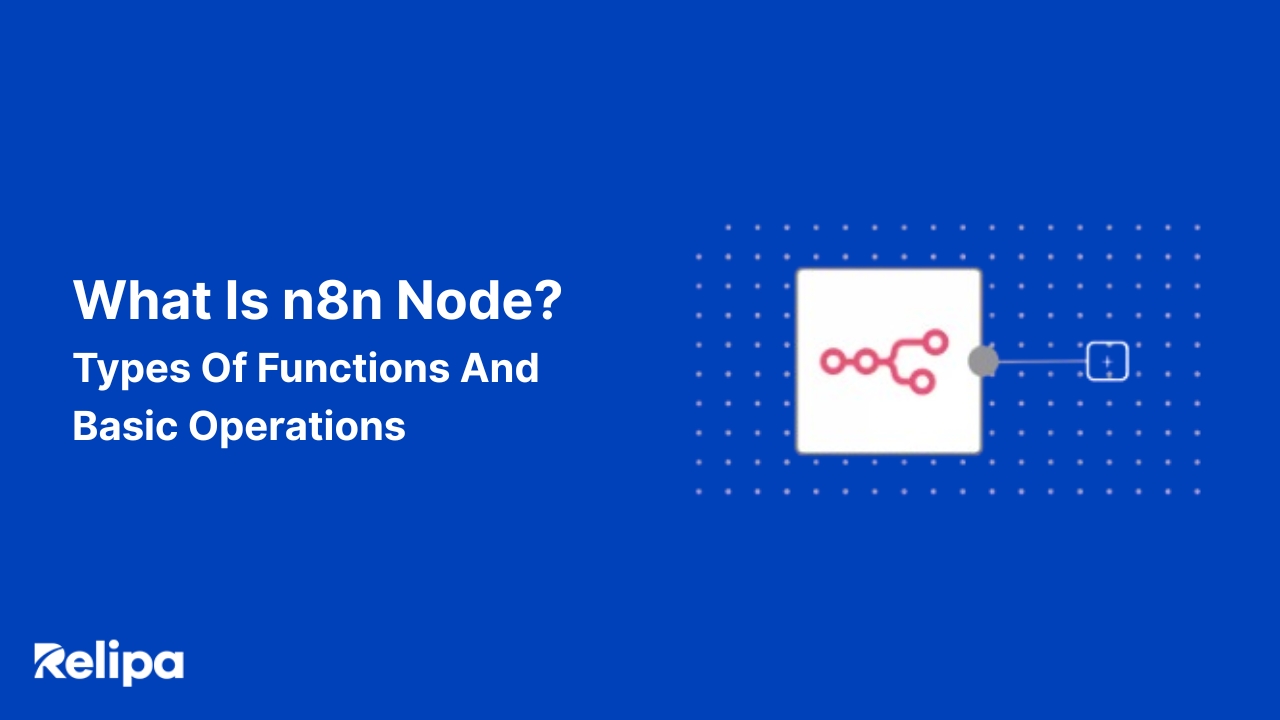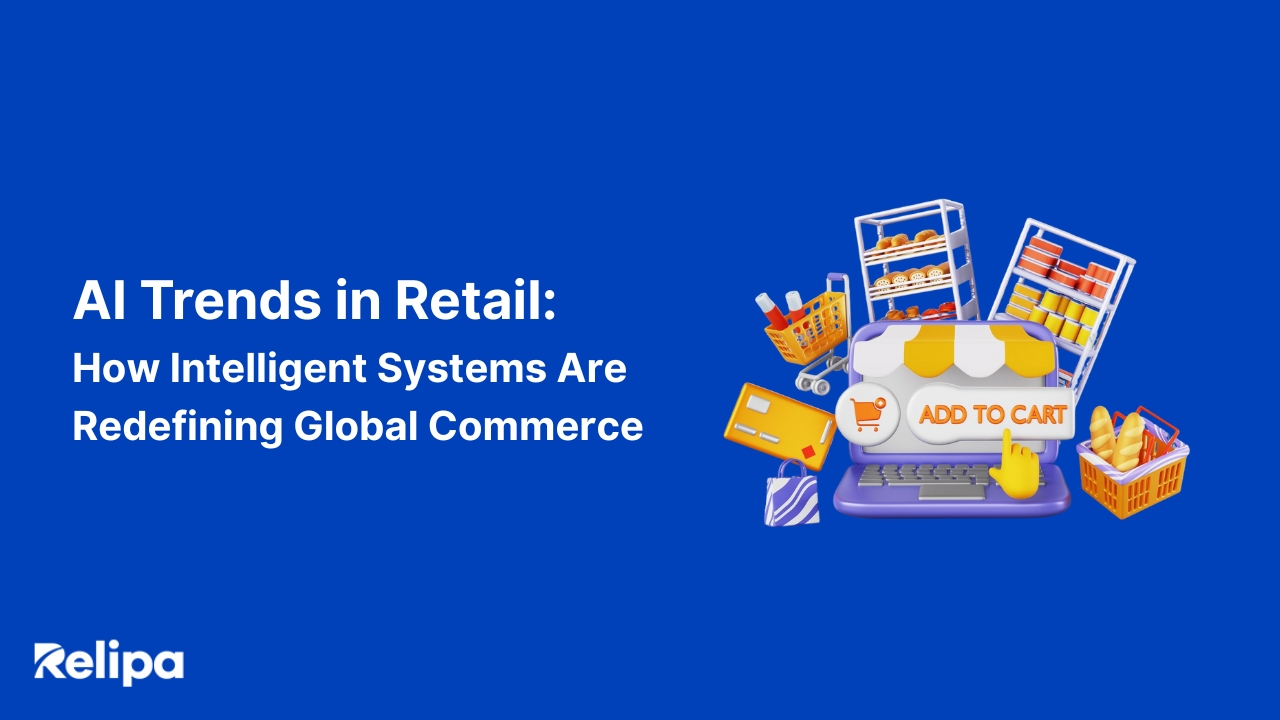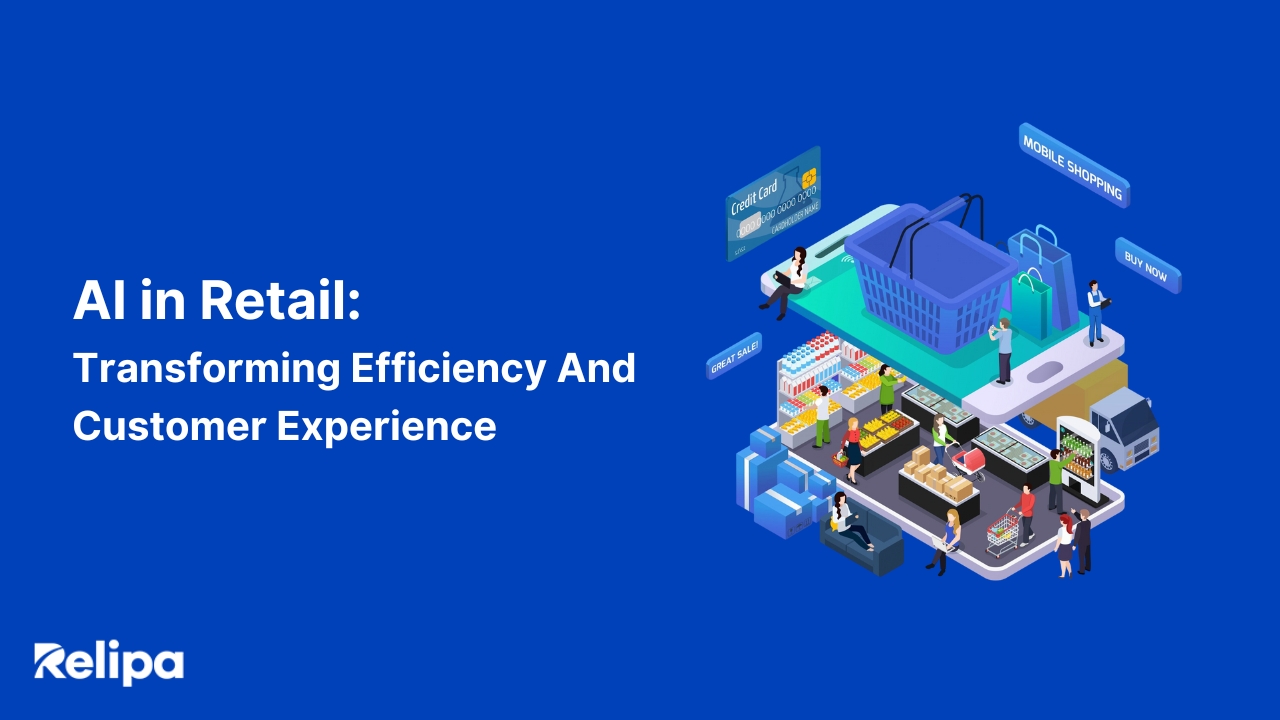What Is The Difference Between System Development And Application Development?
System development and application development. There is a substantial difference between the two, but they are often used in a similar way or misunderstood as being the same.
Therefore, this time, we will explain the differences between system development and application development, their characteristics, costs, and how to choose a development company.
What is System Development?
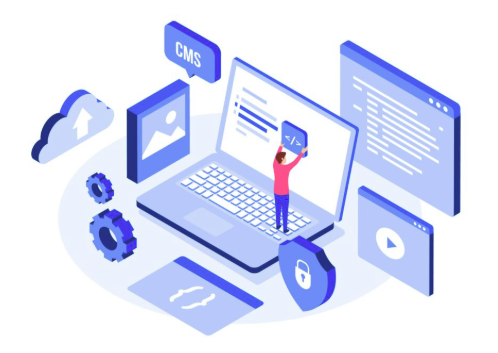
“System development” means the development of tools for building some kind of mechanism within a company or department.
System development includes various types in each industry:
- Production management system
- Sales management system
- Attendance management system
- Inventory management system
- POS system
- Warehouse management system
- Delivery management system
- Medical and nursing care collaboration system
It is not an exaggeration to say that once applied, the business will not be viable without it. That’s how important it is.
When it comes to system forms, there are several options to consider, including “Cloud/SaaS (Software as a Service)”, “Package”, and “Package & Customization”. Among these, cloud-based systems have gained significant popularity due to their ease of implementation. These systems leverage vendor servers, eliminating the need for in-house infrastructure.
On a related note, operating systems (OS) such as Windows, Mac OS, Android, and iOS also fall under the broad category of systems. However, it is quite rare for a single company to develop these OS independently. This holds true globally, especially in Japan, where the development of such comprehensive operating systems is a rarity.
Read more: What is Offshore Development? How to Succeed in Offshore Development?
What is Application Development?
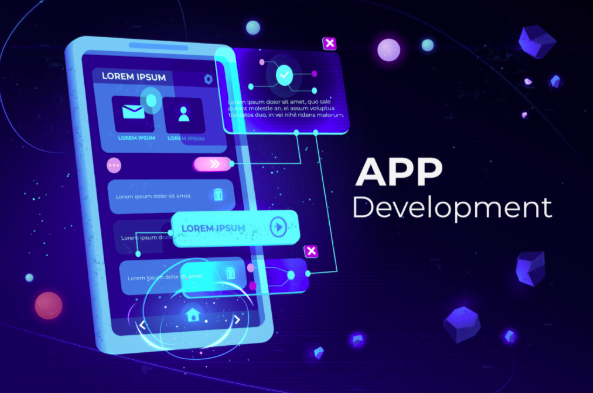
Application development plays a crucial role in creating software that operates on various devices, including personal computers and smartphones. An “app,” short for “application,” serves as a powerful tool for fostering interactive relationships between companies and users, as well as facilitating user-to-user interactions. These applications are often designed to streamline specific operations within a company, enhancing efficiency and productivity.
Through innovative application development, companies can harness the potential of technology to forge seamless connections with their target audience. Whether it’s providing engaging user experiences, optimizing business processes, or enabling efficient communication, the world of app development opens up a realm of possibilities for transforming how we interact and operate in the digital landscape.
App development is classified into three types:
- Native apps
- Web applications
- Hybrid apps
Native apps
When it comes to user familiarity, native apps take center stage. These are the applications that you install directly from the App Store or Google Play store and use on your smartphone or tablet. Once installed, native apps offer the advantage of offline usability, allowing you to access and utilize them even without an internet connection.
The convenience of native apps lies in their ability to provide a seamless user experience. With their presence directly on your device, you can easily access their features and functionalities, enjoying a smooth and responsive interface. Whether it’s checking emails, playing games, or managing tasks, native apps offer a user-friendly and efficient way to interact with the digital world.
As users continue to embrace mobile technologies, native apps remain at the forefront of delivering personalized experiences and maximizing convenience. With a vast array of options available in app stores, users can explore and leverage the power of native apps to enhance productivity, entertainment, and various aspects of their daily lives.
According to Research by NTT Docomo Mobile Laboratories, smartphone users are on the rise annually. The report stated that the average number of apps installed per user exceeds 30. Especially for service companies, it is impossible to market without native apps.
Web Apps: Empowering Developers with Flexibility and Simplicity
In the world of applications, web apps have emerged as a versatile solution that runs directly on your browser. Unlike native apps, web apps don’t require the process of going through an app store for distribution. This means that developers can provide web apps without the need to pay fees or go through extensive review processes, offering a streamlined approach to delivering their applications to users.
Web apps offer a myriad of benefits for both developers and users. From the developer’s perspective, web apps provide flexibility in terms of deployment and updates. Developers can make changes to the app and instantly roll them out to users without the need for users to install updates manually. This ensures a seamless and up-to-date experience for everyone.
For users, web apps eliminate the need for downloading and installing applications, as they can simply access the app through their browser. This convenience allows users to quickly engage with the app and enjoy its features without taking up additional storage space on their devices.
The simplicity and accessibility of web apps make them a popular choice for developers looking to reach a broad audience and provide a hassle-free user experience. Whether it’s a productivity tool, collaborative platform, or entertainment service, web apps offer a convenient and cost-effective way to deliver applications directly to users’ browsers.
Harnessing the Best of Both Worlds: Exploring the Power of Hybrid Apps
In the ever-evolving landscape of application development, hybrid apps have emerged as a compelling solution that combines the functionality of both native and web apps. These apps are installed from the app store, similar to native apps, but they are developed using website development technologies and run on a WebView component instead of a browser.
WebView technology enables the display of HTML content, including web pages, within the app itself. This unique approach allows hybrid apps to leverage the advantages of both native and web apps. They can operate seamlessly across different operating systems, eliminating the need for separate development for each platform. This cross-platform compatibility expands the reach and accessibility of hybrid apps to a wider user base.
One of the key advantages of hybrid apps is their ability to utilize the native capabilities of the device. By accessing the functions of the terminal itself, such as camera, GPS, or contacts, hybrid apps can deliver a more integrated and feature-rich experience to users. This versatility enables developers to create powerful applications that can leverage the unique capabilities of the device, enhancing functionality and user engagement.
Hybrid apps offer a flexible and efficient solution for developers seeking to provide a consistent experience across multiple platforms while utilizing web development technologies. With their cross-platform compatibility and access to native device functionalities, hybrid apps open up a world of possibilities for delivering dynamic and engaging experiences to users.
Read more: Top 4 SaaS Trends to Watch Out For in 2023
The Difference Between System Development and Application Development
|
System Development |
Application Development |
|
| Definition | Development to build a mechanism | Development of software that operates in a limited environment |
| Purpose | Business efficiency | Increase customer engagement |
| Merit | Standardization of operations and reduction of human error | Increase the number of customers, customer satisfaction, and sales |
| Development process | Requirement definition → design → development → test → release → operation/maintenance | Repeat requirements definition → design → development → test → release → requirements definition → design… |
| Development language | C, Java, HTML, CSS, SQL, XML, etc. | Kotlin, C#, Swift, Objective-C, some JavaScript, etc. |
| Development type | Most companies use waterfall | Agile |
| Development costs | $50K to $1M | A basic app development cost ranges from $50,000 to $70,000.
A medium-complexity app development cost ranges from $70,000 to $100,000. A complex app development cost is $100,000 and higher |
Main Development Methods for System Development and Application Development
There are two main types of system development and application development methods, including waterfall development and agile development. Let’s talk about each.
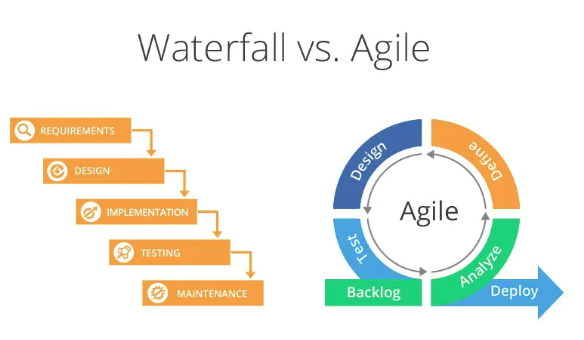
Waterfall Development
The waterfall is a method that defines all development stages at the beginning of the project and goes through each stage according to the initial plan.
For instance, a system development project will go through the following steps: Requirement definition → design → development → test → release → operation/maintenance.
The waterfall method, despite its limitations, offers several benefits that make it a preferred approach for certain projects. Let’s explore these advantages:
- Accurate Progress Management and Scheduling: The waterfall method provides a clear and structured flow, allowing for easier progress management and scheduling. With well-defined phases and predetermined milestones, project managers can effectively track the project’s advancement and ensure timely completion.
- Budget-Friendly Approach: The waterfall method enables better budget planning and management. Since the project’s scope and requirements are determined upfront, it becomes easier to estimate costs and allocate resources accordingly. This predictability helps organizations stay within their financial boundaries.
- Stable Specifications: In the waterfall method, specifications are typically defined at the beginning and remain relatively unchanged throughout the project. This stability reduces the risk of scope creep and allows teams to focus on delivering the agreed-upon requirements without constant alterations.
- Suitability for Large-Scale Projects: The waterfall method is often favored for large-scale development efforts. Its structured and sequential nature aligns well with complex projects, making it easier for development companies to handle the work efficiently.
- Considerations for Changing Specifications: While the waterfall method promotes stability in specifications, it is essential to note that changes in requirements can be challenging and costly to implement. As a result, the method encourages careful upfront planning to minimize the need for mid-project alterations.
It is important to evaluate the specific project requirements and constraints before deciding on the development approach. While the waterfall method offers benefits in terms of progress management, budgeting, and stability, it may not be suitable for projects with evolving or uncertain specifications.
Since the final outcome is clear, it is true that waterfall is a suitable development method for system development. In particular, it is ideal for constructing a large-scale system that serves as the core of a company, such as a core system, where there is no need to worry about user reactions or frequent changes to usability.
However, changing the specifications in the middle is a considerable risk, so you must absolutely avoid it. For that reason, it is necessary to spend a lot of time on the “requirements definition” before entering the design, and the client must fully convey the development intention, image, necessary functions, etc., to the development company. We have to have enough discussions and solve all the doubts of each other before proceeding to the next phase of design and development.
Agile Development
In contrast to the structured approach of waterfall development, Agile development embraces a more iterative and adaptable methodology. It breaks down the development process into smaller cycles known as iterations, which involve steps such as requirement definition, design, development, testing, and release. Let’s explore the features and advantages of Agile development:
- Flexibility in Specification Changes: Agile development excels in its ability to handle specification changes effectively. By working in compact systems with efficient division of tasks, Agile teams can readily adapt to evolving requirements throughout the development process, providing flexibility and responsiveness to customer needs.
- Early Start to Development: Agile development allows teams to start development at an early stage, even while requirements are being defined. This early start enables a quicker time-to-market, as incremental development and improvements can begin sooner.
- Accelerated Development Speed: Agile’s iterative approach enables faster development cycles. By breaking down the project into smaller chunks, teams can focus on specific functionalities or features in each iteration, resulting in quicker development and delivery of valuable software.
- Responsiveness to Customer Needs: Agile development emphasizes close collaboration with customers and stakeholders. Regular feedback and iterations enable teams to actively incorporate user reactions and requirements, ensuring that the final product meets customer expectations and delivers maximum value.
While Agile development brings numerous benefits, it’s important to consider some potential challenges:
- Schedule Management: The dynamic nature of Agile development can make schedule management more challenging. Iterations may require adjustments, and priorities can shift, requiring ongoing monitoring and adaptation.
- Revisions and Direction Changes: Agile development involves repeated revisions and releases, which can sometimes lead to changes in the direction of development. Close attention to project vision and alignment with customer needs is crucial to maintain the project’s overall focus.
- Task-focused Perspective: Agile’s focus on immediate tasks can sometimes make it challenging to see the bigger picture of the entire development process. Regular communication and project oversight are vital to ensure a cohesive and well-aligned project direction.
Agile development’s iterative and customer-centric approach makes it particularly well-suited for application development. It enables teams to quickly respond to changing requirements and incorporate user feedback, resulting in software that better meets user expectations. The frequent updates and iterations seen in smartphone app usage exemplify the benefits of Agile development, as it allows for continuous refinement and improvement based on customer needs.
Cost of System Development and Application Development
Whether it is system development or application development, it is common to calculate the cost as the total monthly cost of engineers and others. A “man-month” is the monthly salary of one engineer, calculated by multiplying the number of engineers by the planned development period.
The salary standards for engineers can vary depending on their roles and experience. Here are the typical salary ranges for programmers and system engineers:
- Programmer: $4,000 to $10,000 per person
- System Engineer: $6,000 to $16,000 per person
To illustrate the calculation of development costs, let’s consider an example where two programmers and two system engineers work together for a duration of three months. Assuming a monthly rate of $5,000 for a programmer and $10,000 for a system engineer, we can calculate the costs as follows:
- Programmer: $5,000 x 2 people x 3 months = $30,000
- System Engineer: $10,000 x 2 people x 3 months = $60,000
Therefore, the total development cost would be $30,000 + $60,000 = $90,000.
It’s important to note that the cost of system development can vary significantly based on the scope and complexity of the project. At a minimum, costs can be in the range of several thousand dollars, while for larger and more intricate systems, it is not uncommon for budgets to reach millions of dollars. Large-scale systems implemented by big companies may require budgets in the hundreds of millions of dollars.
In contrast, application development generally falls within the range of a few hundred thousand dollars.
It’s crucial to consider that these figures serve as general estimates, and actual costs can vary based on factors such as project requirements, team composition, development tools, and additional expenses like infrastructure and third-party services.
How to Choose an IT Outsourcing Company for System Development/Application Development
When outsourcing system development or application development to a third-party company, it’s important to be cautious and consider several factors before making a decision. Here are some points to pay attention to when choosing a system development/application development company:
- Check the skills and quality of engineers
- Development achievements
- Check your specialty
- Is the person in charge (PM) reliable?
- Can we expect a follow-up after release?
- Don’t decide based on development cost alone
- Get multiple estimates
By considering these points and conducting thorough research, you can minimize the risks associated with outsourcing and make an informed decision when choosing a system development/application development company. Don’t rush the selection process, and take the time to find a reliable and competent partner that aligns with your project goals and requirements.
“Check the Engineer’s Skills, Quality, and Development Achievements”
The skill and quality of engineers determine the performance of systems and applications. However, it is not so easy to confirm exactly what kind of engineers are enrolled from the outside. Even in the same company, the finished product may not necessarily be the same, depending on the engineer in charge.
Therefore, try to find out as much as possible about what kind of development achievements there have been in the past. It’s good to ask directly, but the most reliable information is to ask the company or acquaintances who have requested development. You should be able to grasp the real situation well by hearing the frank impressions that you actually requested. If you refer to the information obtained there, you will be able to have an efficient discussion, and it will also be a guideline for judging whether to finally conclude a contract.
Also, regarding the development results, it is also important whether the products with the same specifications and objectives as the system or application you want to request from now on are included. If you don’t have a relevant track record, it may be safer to hold back.
“Check Their Area of Expertise”
Developers often have areas of expertise. For example, they have a wealth of experience in the logistics field, are strong in the financial field, specialize in the medical field, and have a fast development speed.
Development achievements and areas of expertise do not always match. Especially when it comes to large-scale systems, the budget will be high, so it is better to choose a company that is the best in the field you want to request. Even in the case of apps, please be aware that there may be a considerable difference in the finish, including the design as well as the function, depending on whether you are good at it.
Also, it is important to note that there are surprisingly many disappointing examples in which a high-performance mechanism is incorporated with a budget as recommended, but it does not resonate with the important users at all and ends up in vain. As a development company, it may be that you want to appeal to your unique color and raise your reputation, but that may be off the mark. Whether you have a good sense of balance in that area will be an important judgment material. In that sense, it is important to gather information as a client and conduct in-depth research before interviewing. If you are disrespected as an “amateur”, there is a risk that the pace of the development company will proceed in an unintended direction, so please be very careful.
“Is the Project Manager (PM) Trustworthy?”
Absolutely, conducting an interview with the person in charge, typically the product manager or project manager, is an essential step before finalizing a contract. This interview allows you to assess the compatibility and attitude of the development company towards your project. Here are some key points to consider during the interview:
- Genuine interest: Determine if the person in charge is genuinely interested in your project and invested in its success. A sincere and enthusiastic attitude demonstrates their commitment to understanding your requirements and delivering the best possible solution.
- Active listening: Assess whether the person in charge actively listens to your thoughts and ideas. They should demonstrate a willingness to understand your specific needs, challenges, and goals. Active listening helps ensure that the development company can address your unique requirements and tailor their approach accordingly.
- Open-mindedness: Verify that the person in charge is not imposing their own circumstances or one-sided ideas onto your project. A reliable development company should be open to collaboration, value your input, and consider your perspective throughout the development process.
- Communication style: Pay attention to the use of technical terms during the interview. A trustworthy company will adapt its communication style to match your level of knowledge and experience, avoiding excessive jargon without first ensuring your understanding. Effective communication ensures a smooth collaboration and minimizes misunderstandings.
By assessing the attitude of the person in charge and their compatibility with your company, you can gauge their commitment to listening, understanding, and working collaboratively. A reliable development company will prioritize your needs, respect your ideas, and foster a productive partnership. Keep these considerations in mind to ensure a successful and positive working relationship.
“Can We Expect Follow-ups, Such as Operation and Maintenance After Release?”
It is not possible to say that if you release both system development and application development, you can continue to operate without problems. No matter how thoroughly the tests are conducted in advance and the implementation is in perfect condition, in most cases, unexpected events occur and we are forced to deal with them. Therefore, it is not the end after the release, and whether or not you can request maintenance, follow-up in the event of trouble, and correction is an important point in selecting a development company.
“Don’t Decide Based on Development Costs Alone”
It is dangerous to decide on a development company just because the estimate is cheap. If the cost is low, of course, there may be cases where development skills are high and conscientious. However, it is necessary to be careful because the possibility of “cheap or bad” is fully considered. Cost is an important factor, but as long as your budget allows, you should also consider other factors such as the aforementioned development track record, areas of expertise, and the quality of the engineers to make a comprehensive decision.
By the way, in the sense of emphasizing cost-effectiveness, “offshore development” is also recommended. Offshore development means outsourcing development to IT companies in Southeast Asia, including Vietnam. It is not uncommon to have a large number of excellent human resources that are as good as domestic engineers, and the development cost is less than half or more than the domestic budget. Since there is a time difference, there is also the advantage of being able to proceed with work while we are resting. The number of companies with abundant human resources with high Japanese language skills is increasing, so there is plenty of room for consideration.
“Get Multiple Estimates”
Get quotes from more than one company, if possible. This is because there is a strong tendency for the price to be higher if one company decides. Ideally, 5-6 companies. If you compare within this range, the contents will vary, so you will be more likely to choose a more cost-effective partner, and it will be easier to bargain. Please add the above offshore development company to one of them.
Relipa’s System Development and Application Development Services
Relipa has 7 years of experience in IT offshore development. Until now, we have completed various projects and have performed our duties admirably. Please refer to the development example of Relipa.
Relipa’s system development and application development services.
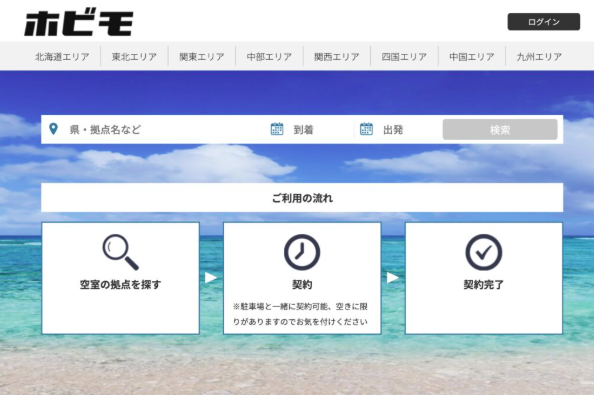
Overview
This is a weekly and monthly rental service that allows you to live in a house operated by Hobimo for a fixed monthly fee nationwide.
A matching system for renters and tenants that solves the problems of environmental problems, regional revitalization, and regional employment by using the service.
Type of contract
Lab-type
Tech-stack
PHP Laravel
VueJS / Nuxt JS
Responsibilities
Requirements Definition => Basic Design => Development => Testing => Release
Team structure
・PM 1 person
・3 developers
・1 tester
Total 20 person-months
Others
Reference URL: https://www.hobimo.life/
Summary
System development and application development are extremely important for improving operational efficiency and engagement. Therefore, it is necessary to have a lot of discussions within the company about what kind of product you want to make, and at the same time select the most suitable development company.
Relipa supports system development and application development offshore. We deliver high-quality products at reasonable prices, and since our founding, we have been pleased by many customers with our business specializing in Japanese companies. We have many PMs who are fluent in English and engineers with extensive development experience, so you can leave it to us with peace of mind. Please feel free to contact us for any orders.


